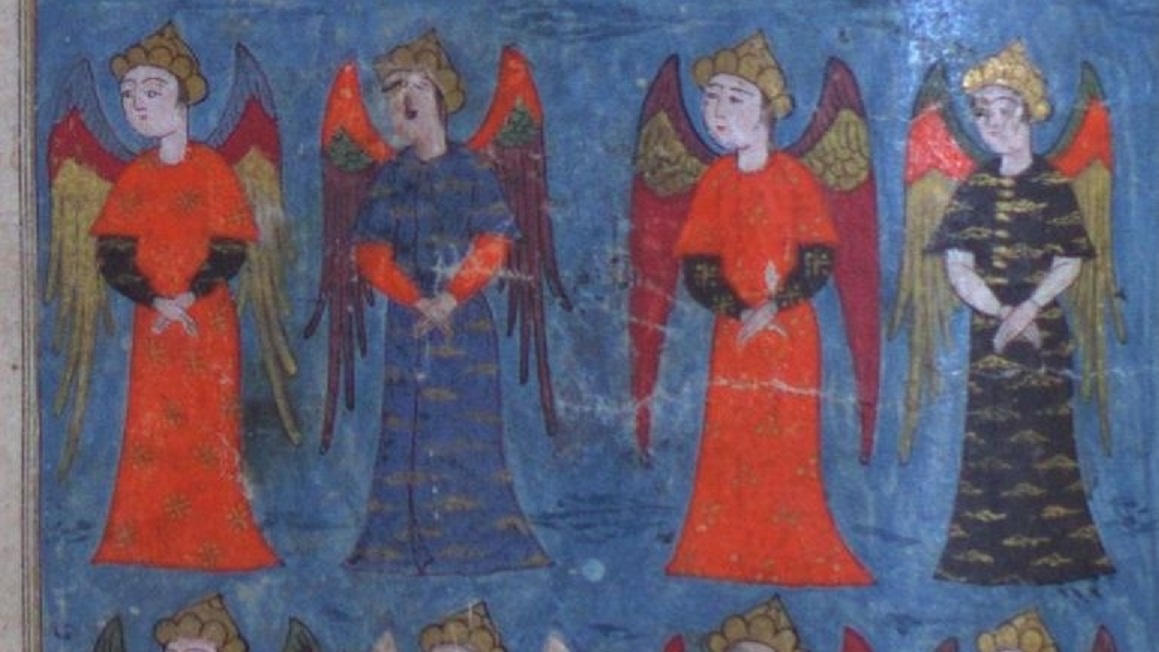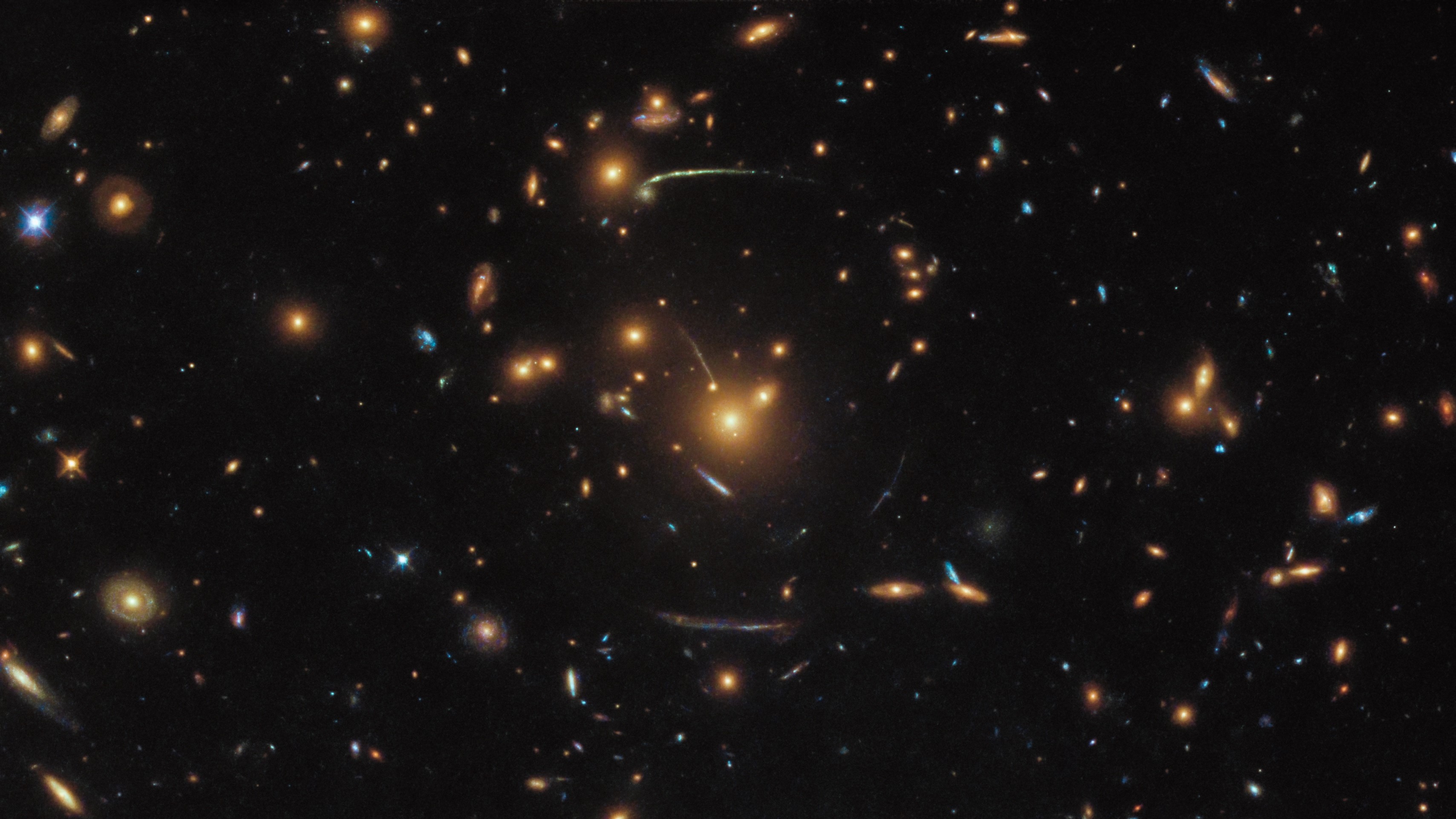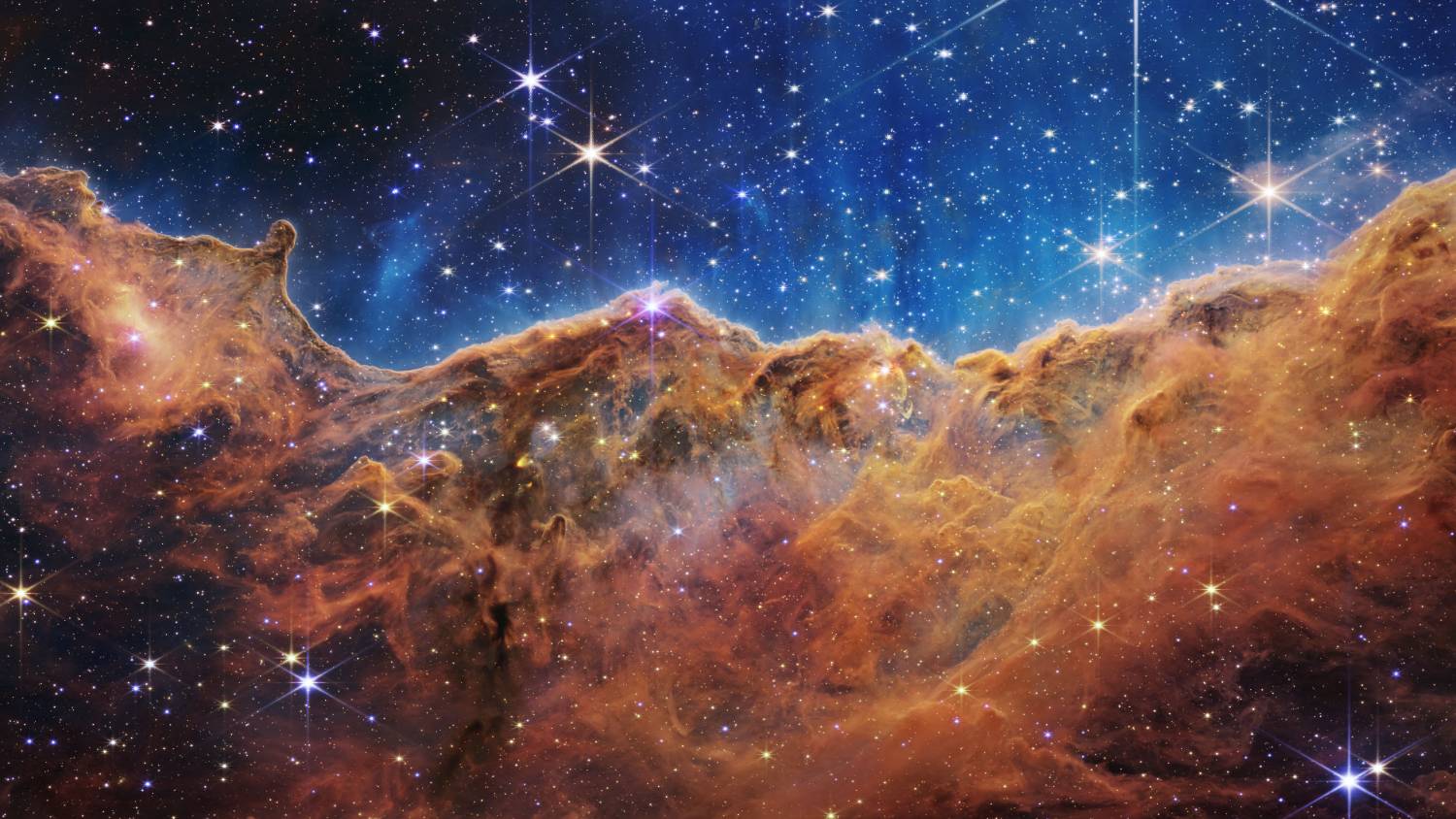Humanity's place in the heavens: An introduction to Islamic cosmology

Since the dawn of Islam, Muslims have studied cosmology. This is a branch of both physics and metaphysics that enquires into the nature of our universe, posing theories on its origins, dynamics, evolution, and end.
The medieval Arab world's interest in cosmology is demonstrated by the number of stars that are still known by Arabic names, and by the extensive body of research by Arab scholars in fields such as algebra and trigonometry, which are heavily featured in astronomy.
Ibn Sina, Ibn al-Haytham, and al-Qazwini are just a few of the many scholars of the era that have left their mark on the science of cosmology, and their influence can still be felt to this day.
The cosmology of Islamic societies is primarily derived from the Quran, Sunnah, Hadith, and later Islamic sources.
While there has never been a consensus in the Islamic community on the cosmology of our world, certain theories have gained greater prominence over time.
Stay informed with MEE's newsletters
Sign up to get the latest alerts, insights and analysis, starting with Turkey Unpacked
Most of these date to the 7th-13th centuries when Islam was experiencing an unprecedented golden age.
Here Middle East Eye looks at four key ideas in the field of cosmology that have been an enduring focus for Islamic scholars.
Temporal universe
The prevailing theory among Islamic philosophers and theologians of the middle ages regarding the temporal nature of the universe was that the universe had a finite length, with a definite beginning and end.
Abbasid theologian al-Ghazali adopted Christian philosopher John Philoponus' argument that infinity was impossible as justification for this.
His theory is based on the assumption that, since infinities cannot exist, and that going back in time infinitely is a form of infinite, then going back in time infinitely is impossible, and so therefore the universe must have a starting point.
The Quran states that our universe was created in six days and that a single day in the Quran equals fifty thousand years on Earth.
Islamic scholars of the early Middle Ages chose to interpret the description of these six days of creation as six distinct phases in our universe's history.
However, these periods were not defined, nor was it known what occurred during them.
Others believed that creation would last around six or seven thousand years and that only around 500 years of this time remained.
Not all were convinced, however. For example, 11th-century Fatimid thinker al-Shirazi questioned how creation could even be measured with time when it had yet to be created. As well as how could a being as powerful as Allah be limited by time, a component of his own creation.
Cosmography
A core component of cosmology is cosmography, the branch of physics that attempts to map out the universe.
The Quran is clear that jannah (Islamic heaven) exists and is composed of seven layers, with each having its own unique natural order. However, the nature of that order is not defined.
The Sidrat al-Muntaha, a lote tree found in the seventh heaven, is believed to be the physical extremity of existence for all of Allah’s creatures, where no mortal can pass.
Islamic prophets are thought to reside in each heavenly layer alongside certain named angels. The Prophet witnessed this during his Night Journey when he ascended to Heaven and greeted each of these prophets, before meeting Allah when he was taken to Sidrat al-Muntaha by the angel Gabriel.
Those rewarded by Allah in the afterlife will reside in a specific layer corresponding to the good deeds they performed in life.
Scholars throughout the Middle Ages suggested different names for each of these layers and what might be found in them.
Underneath the first heaven are seven earths parallel to each other — humans inhabit the top, and Iblis (Satan) lurks at the bottom. As for Hell in Islam, or as Muslims call it, "Jahannam", it is a pit said to be composed of seven gates.
The uppermost gate, also called Jahannam, functions as a purgatory for sinners who are Muslim, and As-Sirat is the bridge suspended over it that all resurrected souls are forced to cross.
All seven gates of Jahannam are said to be enormous - deep enough that stones thrown down them will fall for 70 years and wide enough that walking from one end to the other will take 40 years.
The medieval polymath Imam al-Qurtubi claimed that it would take 500 years to move from one gate to another.
Multiple worlds
Basing his argument on a verse from the Quran that states "all praise belongs to God, lord of the worlds," the physician, philosopher, and alchemist al-Razi (born 864 CE) criticised the prevailing notion that Earth was the centre of the universe.
He asked whether the term "worlds" used in this verse could imply the existence of multiple worlds in our universe or even a multiverse.
Razi was an adherent of atomism, which proposes that the universe is composed of indivisible components known as atoms.
Specifically, he was an adherent of a branch of atomism advocated by a school of Islamic theology known as Ash'arites. This meant he believed in the existence of empty spaces between atoms that allow them to move, combine, and separate.
This theory extended to space, and the gaps between stars and constellations, which led Razi to argue that an infinite outer space beyond what we could see existed, and that Allah could fill this vacuum with an infinite amount of other universes.
Refutations of astrology
Astrology was already a centuries-old practice by the time Islamic scholars began to take an interest in it.
However, not all scholars were convinced of its legitimacy, and this led to heated debate.
Renowned thinkers such as Ibn al-Haytham, Biruni, Avicenna, al-Farabi, and Averroes were staunch critics of astrology, citing both its scientific errors and the way it conflicted with orthodox Islam.
For example, the astrologers of the time claimed that the stars were negligible in astrological readings due to their distance and size.
However, the Mamluk imam, Ibn al-Jawziyya pointed out that the stars were larger than the planets.
Much like in other fields of cosmology, these intense medieval debates about the value of astrology laid the foundations of contemporary Islamic jurists' opinions, who widely condemn astrology, even declaring it unlawful.
Meanwhile, astronomy, which was held in high regard by medieval Islamic scholars, is still revered to this day and continues to be used in Islamic practice, for example when calculating the dates of events such as Ramadan.
This article is available in French on Middle East Eye French edition.
Middle East Eye delivers independent and unrivalled coverage and analysis of the Middle East, North Africa and beyond. To learn more about republishing this content and the associated fees, please fill out this form. More about MEE can be found here.








